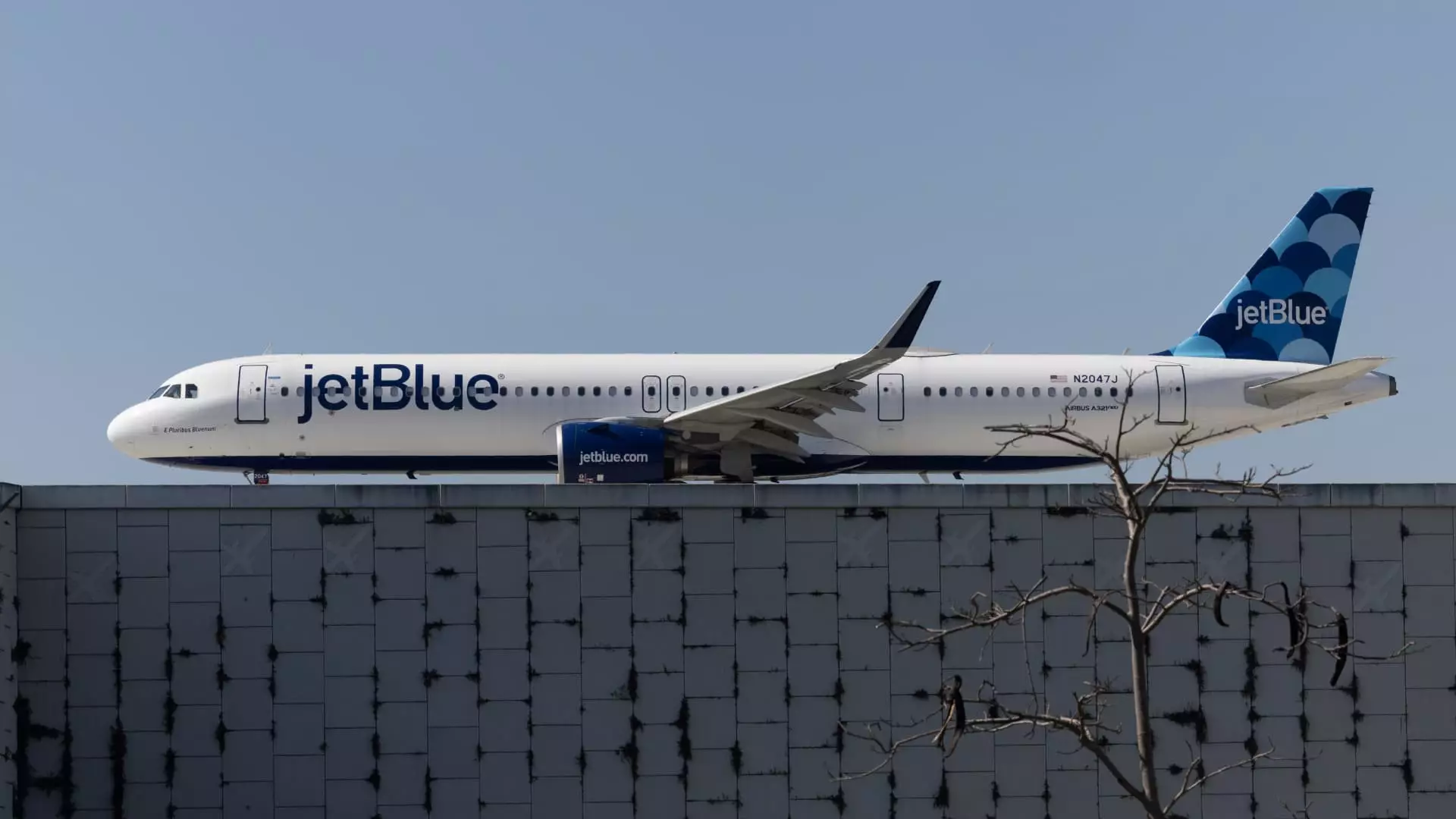JetBlue Airways recently announced its decision to reduce the number of routes it operates as part of a broader plan to cut costs following various setbacks. These cost-cutting measures come in the aftermath of the failed attempt to acquire Spirit Airlines and issues with Pratt & Whitney engines that have led to the grounding of some Airbus planes.
Reduction in Departures
The carrier will be slashing its departures from Los Angeles International Airport significantly, going from about 34 flights per day to only 24. This reduction will mainly focus on more profitable transcontinental routes that include the premium Mint business class cabin. The cuts will impact flights to various destinations such as San Francisco, Seattle, Miami, Las Vegas, Reno, and Puerto Vallarta.
Impact on International Routes
JetBlue will also be discontinuing flights to select international destinations including Bogota, Colombia; Quito, Ecuador; and Lima, Peru. Additionally, domestic routes such as those between Fort Lauderdale, Florida, and Austin, Atlanta, Nashville, Salt Lake City, as well as New York and Detroit, will be affected. These changes are part of the airline’s strategy to optimize financial performance and route profitability.
In a memo to staff, Dave Jehn, the vice president of network planning and airline partnerships, emphasized the need to prioritize routes that contribute positively to the airline’s financial health. The company will be placing a stronger emphasis on transcontinental flights, as well as core routes along the East Coast and those catering to popular Caribbean vacation destinations.
CEO Joanna Geraghty, who recently took the helm at JetBlue, is facing mounting pressure to streamline operations and drive the airline back to profitability. The stakes were raised further when activist investor Carl Icahn acquired a nearly 10% stake in the carrier and secured two board seats. This development has pushed JetBlue to intensify its cost-cutting initiatives.
Despite the route cuts, JetBlue maintains that its overall capacity for the year remains unchanged and is expected to only decrease slightly compared to the previous year. Following the failed acquisition of Spirit Airlines and the blocked partnership with American Airlines, JetBlue is now navigating its future as a stand-alone carrier in a rapidly evolving industry landscape.
Overall, the decision to reduce routes is a strategic move by JetBlue Airways to prioritize profitability and efficiency in the face of challenging market conditions and heightened investor expectations. By focusing on core business strategies and optimizing route networks, the airline aims to secure its position and drive sustainable growth in the long term.

